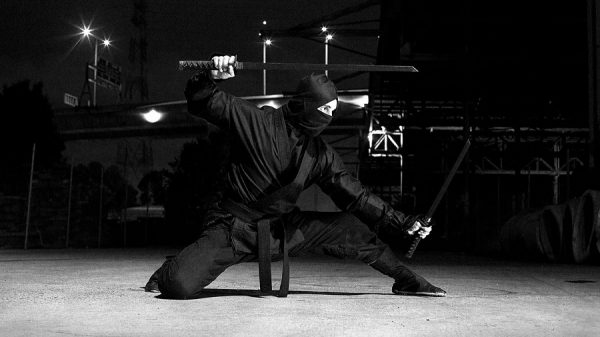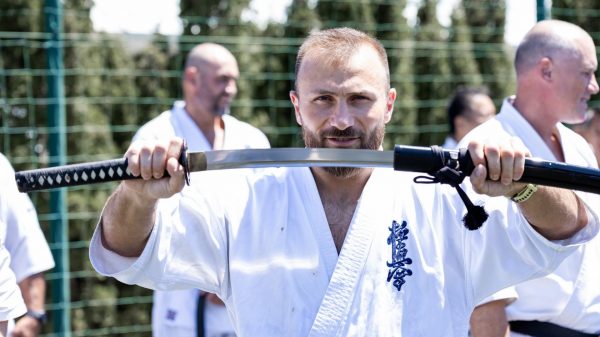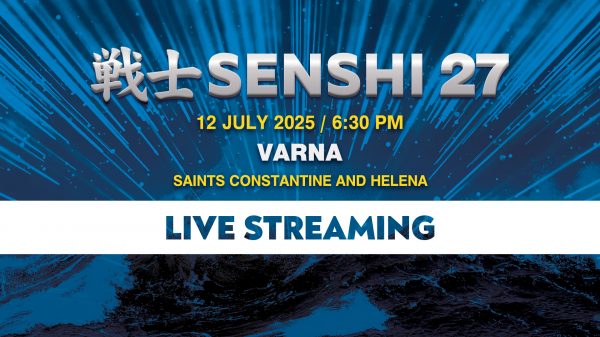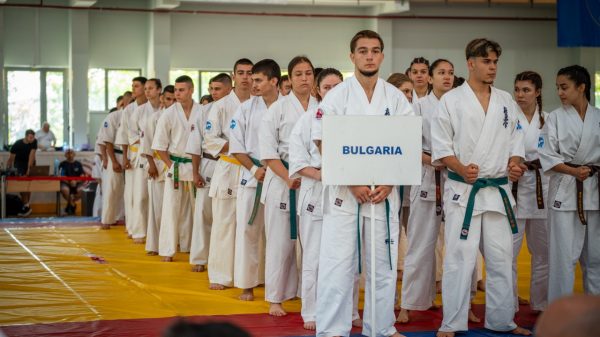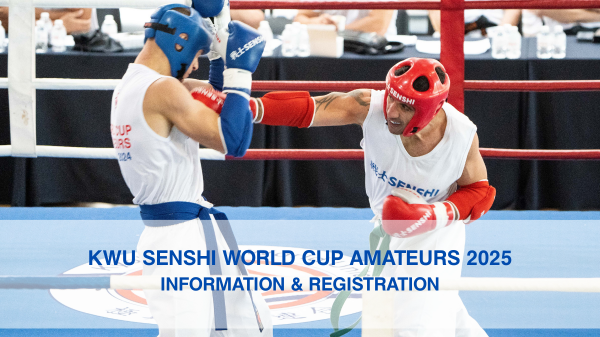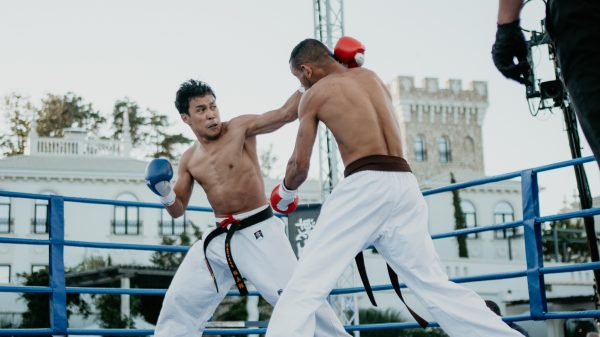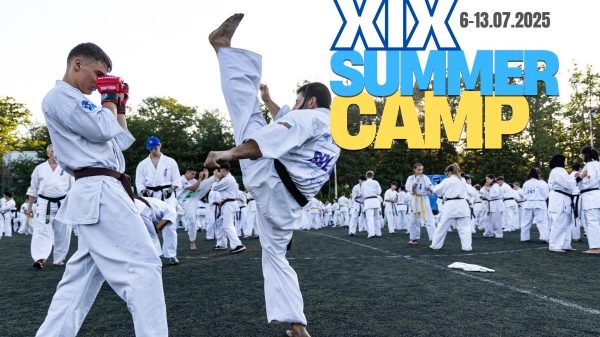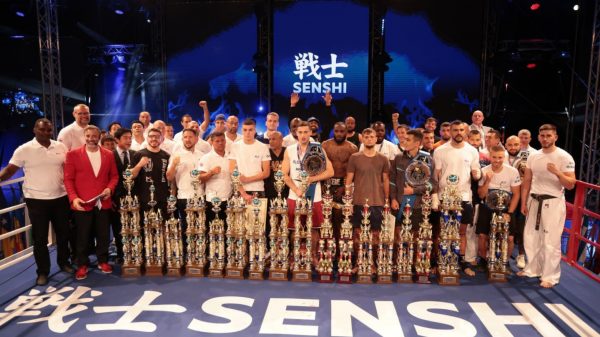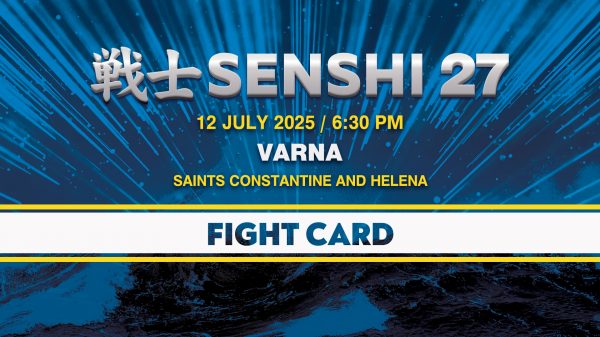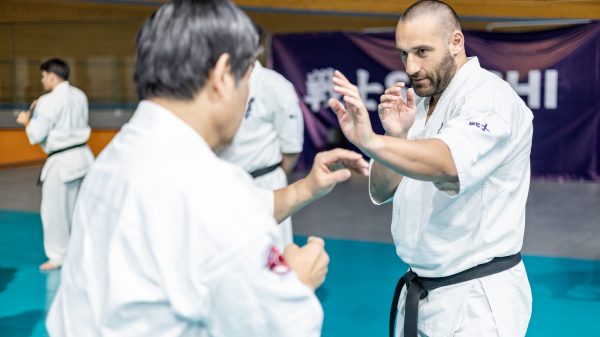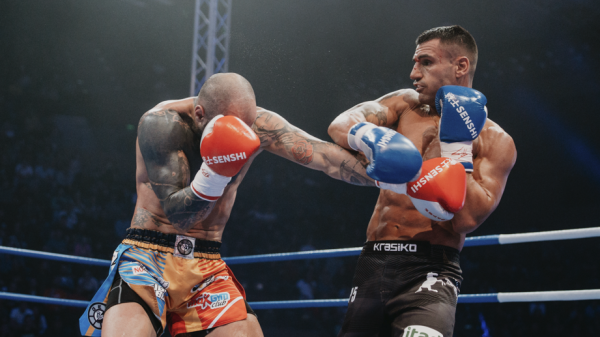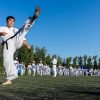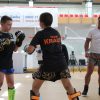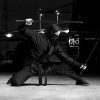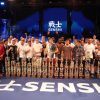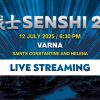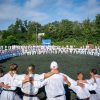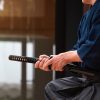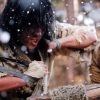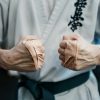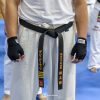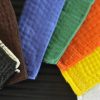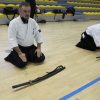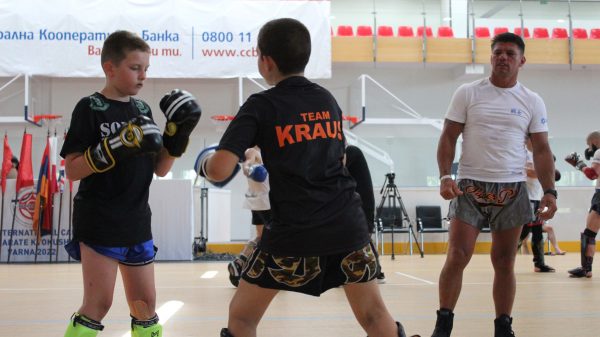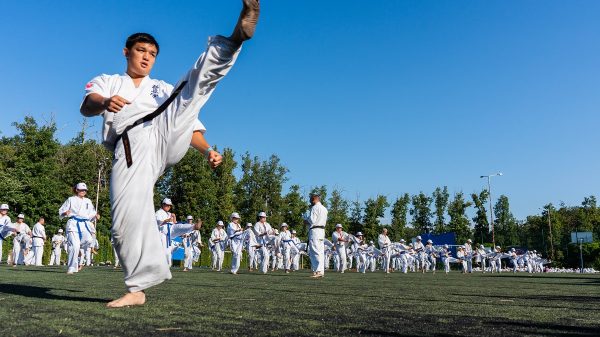“If you want to learn how to fight, don’t study kata.
The only way to learn how to fight is to engage in the ‘real’ thing.”
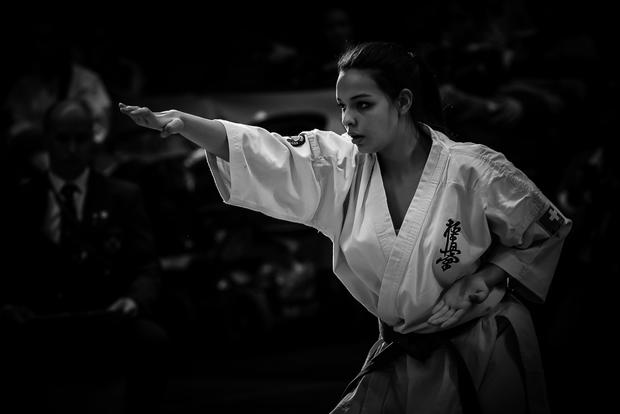
Picture by Dave Geentjens
This opinion about Kata is often expressed by those who hold Karate in low regard. Their opinion is often formed from movies, online videos, or some out of context training. The statement is as naive as thinking that a boxer goes into a ring to fight with his skipping rope.
You could say that a martial artist is not a ‘fighter’ as ‘fight’ intimates a struggle between two people. A martial artist is a ‘peacekeeper’. His function is to re-establish a peaceful environment through long and arduous training.
Peace is earned, if your mind and emotions are weak. You are more likely to cause violence or respond negatively to it. People that have to respond to violence on a regular basis such as police officers and security personnel are taught to remain calm and to deal with a situation ‘appropriately’ to re-establish and keep the ‘Queens Peace’ and a martial artist’s response should be the same.
The problem with people that constantly create ‘aggressive and violent situations’. In which situations to train is that they are still not ‘real’. You know it’s your mate acting, and if anything engenders fear of the ‘real’ thing, and makes people neurotic by focusing solely on ‘reality based’ training.
The paradox is that to deal with confrontation and dangerous situations of any kind you need to be calm and keep your wits about you; developing wisdom and strategies for all kinds of situations. You also need to have a vigorous, sustainable health and fitness regimen; this is different from an athlete’s fitness, as they have to produce that extraordinary fitness for specific events, whereas martial artists need all round health and fitness to apply to different kinds of situations.
Is kata a good training tool to produce that fit, versatile and well controlled martial artist?
Traditionally kata and forms have a trinity of development. That trinity is:
- Health
- Skill
- Application
Health
Kata teaches:
- Postural alignment
- Breathing technique
- Mental clarity
- Tension reduction
- Fluid motion
- Internal connection
- Core strength
- Connected movement
- Body awareness
- Energy movement
The mind/body/breath connection is a powerful one with kata likeSanchin dedicated to it. The connected core strength of the body, coupled with postural alignment and mental clarity gives that rude health and natural strength that we all admire in a good martial artist. And gives the adaptability to deal with changing situations. The natural skeletal alignment and smooth, powerful myofascial movements prevents stiffness and unnatural strain on the body reducing injury and problems later in life. The health side of kata training gives a yogic kind of health but not in a static way. It’s in movement and within combative strategies. In old age the martial artist also maintains an excellent training method to assist in the healthy enjoyment of life and extended longevity.
Skill
A martial artist has to learn the basic fundamentals of movement to encourage good health and then gradually chain those together into the fluid motion of martial technique. The strategies of the art have to be employed within those techniques. And these have to be mastered to a reasonable level before being put into natural combinations and practiced two-man drills. When put into combination, the beginning and end of each technique changes to accommodate the former and subsequent move. This requires an element of adaptability and the ability to ‘think on your feet’.
From the health training, a natural power will arise with the ability to utilise postural alignment, breath, mind, core strength. And internal connection and these should flow naturally through the strategies and technique within the connected movements.
In kata all this is taken into a more advanced form of training. Different kata serve different purposes in training. Some focus on the health aspects, some on power training, some are complete training systems and some are ‘filling in’ skills that may not be trained elsewhere in the system.
With an element of mastery over fundamental and basic technique, some combinations with different entry and exit to and from technique in fluid motion and basic application to the movements, it’s time to ‘up the ante’ in skill training.
Kata is specifically designed to enhance skill training, the combinations might not be what you would typically find ‘in a fight’ but they will train and enhance those combative skills in a way that takes the practitioner to a very advanced level that could not otherwise be achieved.
Notice how kata cover the entire range of body movements and how you move from high to low, from one direction in the most difficult way to another, how the powering of one technique is enhanced from the previous movement and then the motion can add power to the next (if you can move fluidly). See how specific skills are categorized so the kata can act as a mnemonic reminder of the system.
When many kata were devised, most people were illiterate. There were few books, no DVD’s, no internet, not much travel, people communicated long distance by minstrels and storytellers, information was passed down through the generations in dances, songs and rhyming poetry so that it could be accurately remembered.
After 30 years of training I decided to try and invent a kata that summed up all my knowledge. When putting together all the strikes, blocks, locks, throws and dislocation techniques and strategies for entering, sticking, blending, redirecting, breaking down and destruction. I discovered that the basic body skills and movements behind all of them came down to eight principle ideas, as long as these were rigorously practiced. They could be adapted into all the techniques. This made me look at he existing kata with new eyes as I realized that I was ‘re-inventing the wheel’!
It is the skill training that is fundamental, the more advanced that training becomes. And the more skilful and powerful the practitioner will be.
Application
By looking at kata through the equally important eyes of health and skill, the plethora of applications becomes apparent. It’s like unraveling a knot, you examine the skills and see how they can be applied to striking, blocking, locking, throwing, dislocation, evasion and entering and you realize that what you have is a method of training a complete skill base that can be unraveled into a complete arsenal of techniques.
Even the ‘health’ kata is full of skills that are essential for three hundred and sixty degree self defence. The ‘boxing’ applications of kata will not work properly without knowledge of the health and skill aspects as they permeate and empower every part of the application of technique.
The word bunkai means ‘to break down and explore’. So when working on bunkai it is essential to understand the trinity of kata and examine each part to get to the ohyo (practical application).
The ohyo are the peacekeeping skills that enable an experienced practitioner to re-establish. And keep the peace, even if the situation is life threatening.
Kata is an invaluable tool in training in Karate. And Kata will certainly help develop your skills to prevent you from having to ‘fight’ with anyone and will enable you to deal with violence and confrontation more skillfully.
by STEVE ROWE – Martial Artist – Writer- Philosopher


